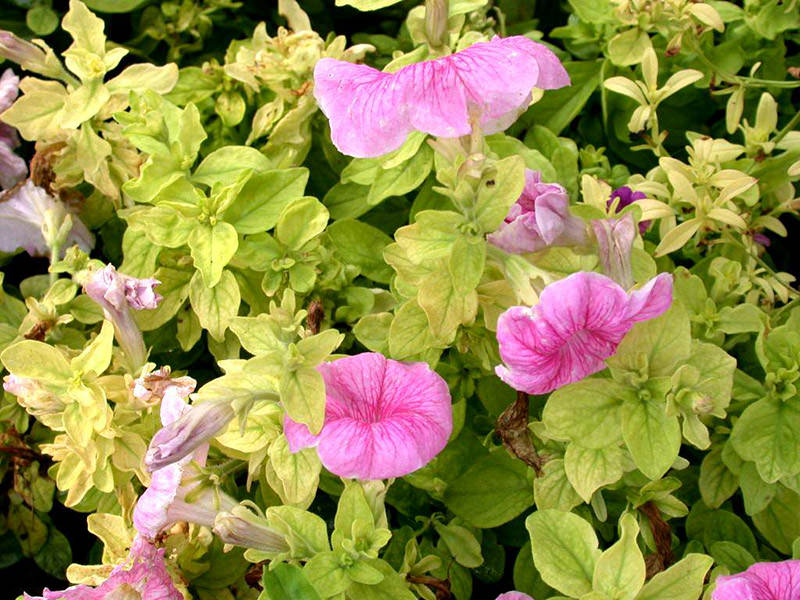Preventing Root Diseases: Pre-Planting, Planting and Post-Planting Tips


Root diseases can lead to considerable losses in crops, increased fungicide applications and reduced crop quality. There are several useful tips that, when followed, will help improve the growing environment to reduce potential root disease outbreaks.
By following these tips below, not only will there be fewer root disease issues, but a better growing environment which will contribute to improved crop quality!
• Pre-planting Tips
• Planting Tips
• Post-Planting Tips
Pre-Planting Tips
Preventing root disease starts at the very beginning: when you’re planning on planting.
- Clean environment.
Remove all plant debris, weeds and growing medium from the greenhouse as they harbour root diseases.
- Protect.
If possible, cover soil floors with landscape fabric or concrete to minimize fungal spore movement from the soil into the greenhouse environment.
- Disinfect.
Disinfect tools that come in contact with plants as well as potting benches, potting machines and flat fillers to kill disease inoculum.
- Avoid reusing pots.
If they must be reused, soak in a product containing quaternary ammonium, hydrogen dioxide, hydrogen peroxide or peroxyacetic acid compounds, or use bleach to kill pathogens. Remove all growing medium from the pots first and soak for at least 30 minutes or as the label instructs. Change the solution often and remember to rinse with plain water.
- Discard old plants.
Those that did not sell may harbour root disease pathogens.
- Verify existing plants.
Validate that stock plants are disease-free before taking cuttings and introducing a new crop into the greenhouse.
- Toss used growing medium.
Do not reuse the growing medium as it may be contaminated, which could explain why some plants looked poor and did not sell.
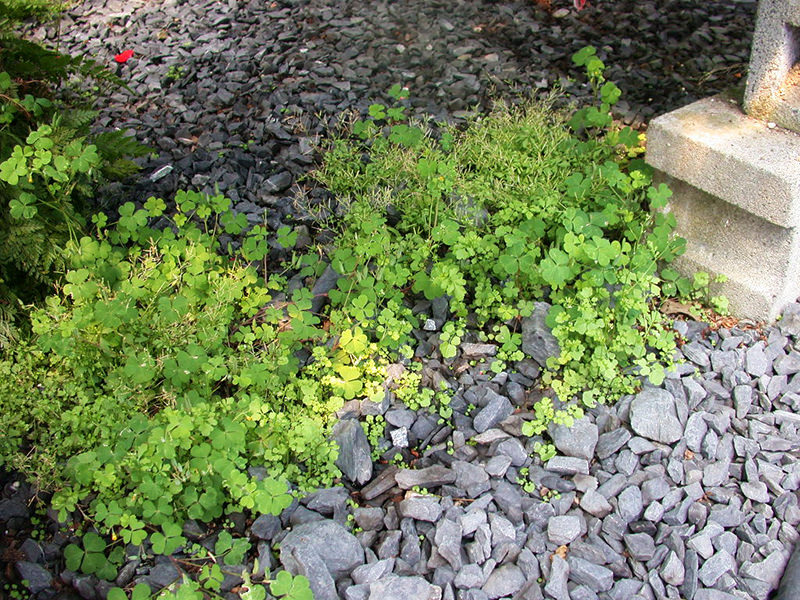
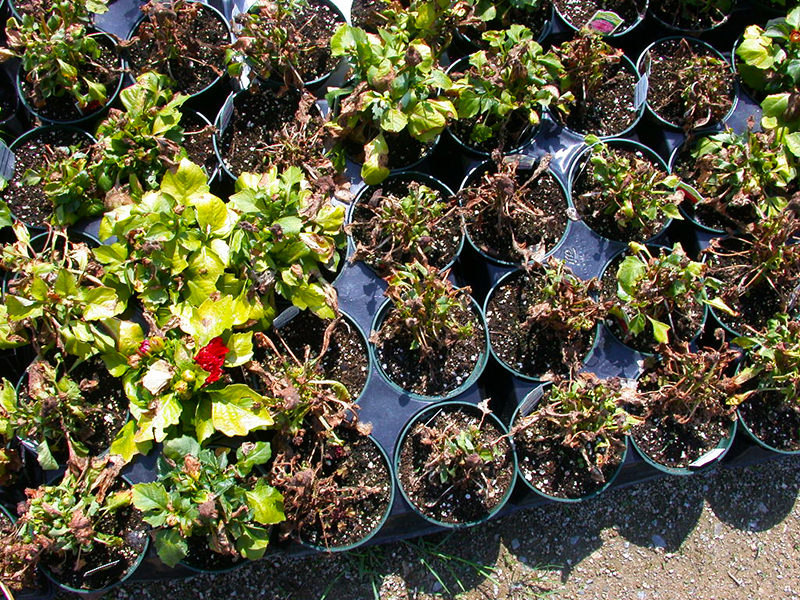
Planting Tips
Now that the planting environment is ready. Here’s what you can do when planting to continue to prevent root diseases.
- Select your plants.
Use disease-resistant plant varieties or those that are less likely to become infected by a root rot pathogen. Remember compact, slower-growing cultivars typically have more root disease problems than faster-growing cultivars due to lower water usage.
- Use disease-free, culture-indexed cuttings.
If you order seeds and/or bulbs, verify that they have been disinfected by the supplier.
- Sanitize your tools.
When taking cuttings, dip cutting tools into a sanitizing solution before going to the next stock plant to minimize the risk of pathogen transfer.
- Wait and observe.
Quarantine and inspect incoming cuttings, plugs or other plants to verify there are no diseases. If present, return to your supplier. Bio-fungicides do not cure an existing root disease problem.
- Discard fallen growing medium.
When filling planting hoppers or containers, any growing medium that falls on the floor should be discarded as the floor often has pathogens.
- Aeration.
Do not compact the growing medium in containers as this reduces air space causing plant stress, uneven drying and increased susceptibility to root diseases.
- Drainage.
Use a well-draining growing medium such as PRO-MIX® HP AGTIV™ AMPLIFY™ which is ideal for water-sensitive crops and when days are short during the late fall through early spring.
Post-Planting Tips
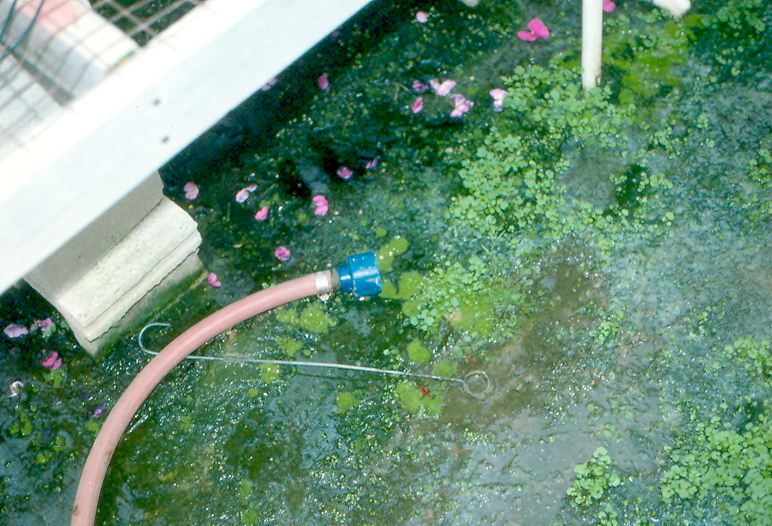
Once a crop has been planted, there are additional techniques that can be used to minimize potential root disease issues. Often, root disease pathogens are present somewhere in the greenhouse or nursery, so the goal is to manage the environment and crop inputs to create an environment that is not hospitable to pathogens.
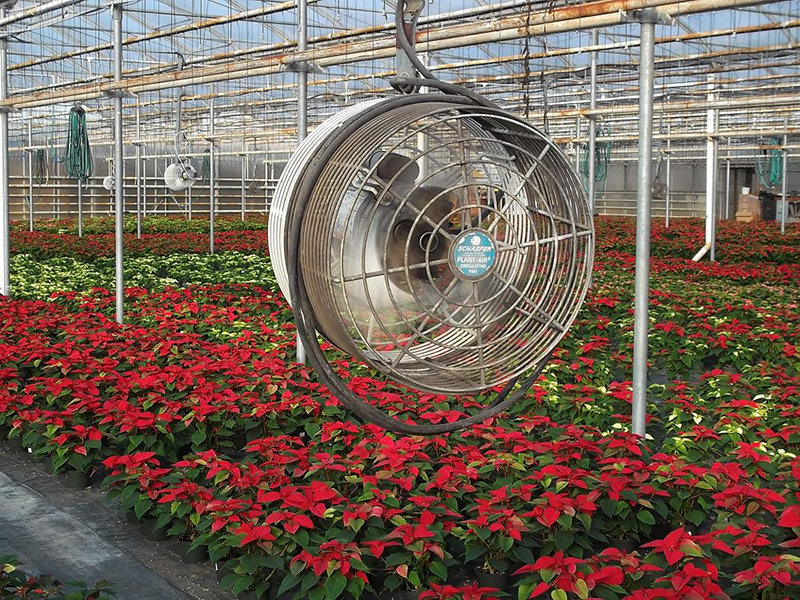
- Keep the greenhouse clean.
Do not leave water breakers or hose nozzles on the floor where plant pathogens can be present. Hang them on a hook. Dust coming from soil or gravel driveways may harbour pathogens.
- Ensure optimal aeration.
Horizontal airflow (HAF) fans move humid air from the plant canopy to encourage faster water use by the plant and reduce the potential for overwatering. Also, HAF fans mix pockets of colder and warmer air in the greenhouse, which creates more uniform temperatures and a more even dry-out within a crop.
Space plants to improve airflow in the plant canopy. Minimize the number of hanging baskets above a crop as shading slows the dry-out of the growing medium and limits airflow to reduce humidity.
- Adjust watering and control humidity.
Reduce watering frequency when it is cloudy, raining/snowing or when days are short during the late fall through early spring.
Reduce humidity in the greenhouse by heating the air and venting out saturated, warm air. Again, this encourages faster water usage by the plant, thereby reducing plant stress and susceptibility to root disease pathogens.
- Monitor growing medium pH and E.C.
Make sure the pH is ideal for the crop, but not for the pathogen. For example, Thielaviopsis prefers a pH above 5.5, so grow susceptible crops (calibrachoa, petunia, verbena) at or below a pH of 5.5. High salt levels in the growing medium can damage roots, serving as entry points for root rot pathogens.
- Fertilize crops properly.
Even more if the plant is under stress. Under fertilization will slow plant growth and they can be more susceptible to root pathogens.
- Discard diseased plants.
Monitor the roots of susceptible crops for root diseases. If a root disease is found, have it tested by a lab as the choice of fungicide will vary depending on the pathogen. Discard diseased plants as soon as possible and make sure they are removed from the greenhouse.
- Rotate mode of action.
If using a fungicide treatment program, rotate the use of fungicide products to reduce pathogen resistance.
